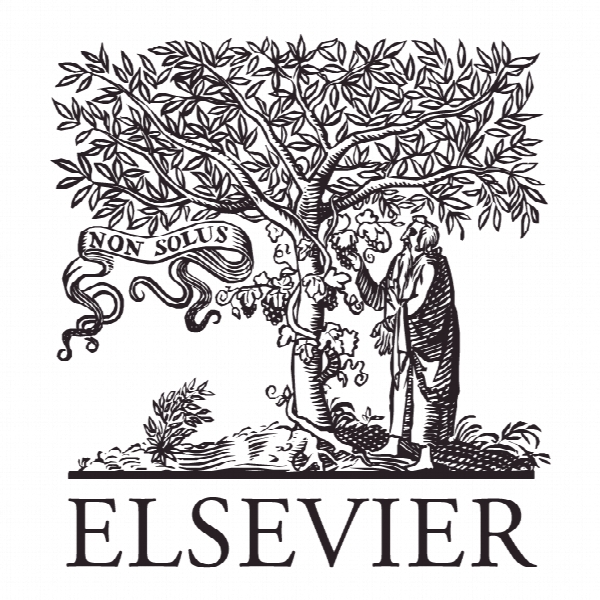برنامه ریزی استراتژیک برای کشت درختان و درختان میوه در منازل شهری با استفاده از روش SWOT: مطالعه موردی شهر مشهد، ایران Strategic planning for cultivation of fruit trees and shrubs in urban landscapes using the SWOT method: A case study for the city of Mashhad, Iran
- نوع فایل : کتاب
- زبان : انگلیسی
- ناشر : Elsevier
- چاپ و سال / کشور: 2018
توضیحات
رشته های مرتبط مهندسی کشاورزی
گرایش های مرتبط مدیریت واحدهای کشاورزی و اقتصاد کشاورزی
مجله سیاست استفاده از زمین – Land Use Policy
دانشگاه چشم انداز شهری، درختان میوه و درختچه ها، کشاورزی شهری، برنامه ریزی استراتژیک، روش SWOT
منتشر شده در نشریه الزویر
کلمات کلیدی انگلیسی Urban landscape, Fruit trees and shrubs, Urban agriculture, Strategic planning, SWOT method
گرایش های مرتبط مدیریت واحدهای کشاورزی و اقتصاد کشاورزی
مجله سیاست استفاده از زمین – Land Use Policy
دانشگاه چشم انداز شهری، درختان میوه و درختچه ها، کشاورزی شهری، برنامه ریزی استراتژیک، روش SWOT
منتشر شده در نشریه الزویر
کلمات کلیدی انگلیسی Urban landscape, Fruit trees and shrubs, Urban agriculture, Strategic planning, SWOT method
Description
1. Introduction Today, the majority of people in the world live in urban environments, and it is estimated that future population growth will be concentrated in urban areas of less developed countries, while the global rural population is expected to decline after 2020 (UN, 2010). By 2020, developing countries of Africa, Asia, and Latin America will be home for 75% of urban dwellers in the world. Most cities in developing countries will have difficulties coping with this development and are unable to create sufficient formal employment opportunities or to provide food for the poor (Baudoin and Drescher, 2008; Drescher, 2000; De Zeeuw et al., 2011). In recent decades, urban agriculture has been powerfully advocated as a solution to particular types of urban challenges by contributing to the social, economic and environmental sustainability of cities (Deelstra and Nijwening, 1997). Urban agriculture throughout the world is transforming itself in response to political, economic, environmental, and technological changes. Its emerging role in today’s urbanizing world is just beginning to be understood (Zezza and Tasciotti, 2010). Urban agriculture can include community and private gardens, edible landscaping, fruit trees, food-producing green roofs, aquaculture, farmers markets, small-scale farming, hobby bee keeping, and food composting (Mendes et al., 2008). The definition of urban agriculture varies among scholars. However, it is difficult to find an appropriate definition for urban agriculture because some definitions are based on usage and the background or origin of the users. Based on the scope of this study, we discuss the concept as cultivation of fruit shrubs and trees in urban public landscapes. Urban agriculture has various benefits. Its environmental benefits include the creation of active green spaces, revitalizing brownfield sites, improving air quality, providing food that travels a shorter distance from field to plate, preservation of cultivable lands, cooler buildings, and improving urban biodiversity (Irvine et al., 1999; Mougeot, 1994). At the same time, scholars suggest that urban agriculture provide a host of social benefits including active public spaces, community capacity building, participatory decision making, an enhanced sense of place, food security, community safety, physical activity, social inclusion and improved health and nutrition (Dubbeling, 2006; Holland, 2004; Mendes, 2007; Wakefield et al., 2007; Welsh and MacRae, 1998). This notion has its roots in Jane Jacobs’s classic argument of “eyes on the street” as a mean to improve urban safety (Jacobs, 1961). A number of studies argue that urban agriculture contributes to foster ‘community development’ through the use of shared experiences, spaces, tools and skills (Armstrong, 2000; Smit et al., 2001; Jamison, 1985). Furthermore, some studies presented that urban agriculture can help to create a sense of place and stability for immigrant populations (Saldivar-Tanaka and Krasny, 2004). Other literature provides insight into the ‘psychological benefits’ of green spaces in urban areas, for stress levels, health and general well-being (Kaplan, 1973).


